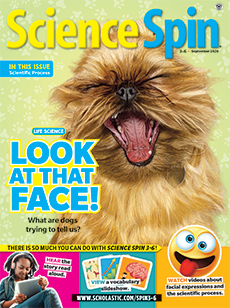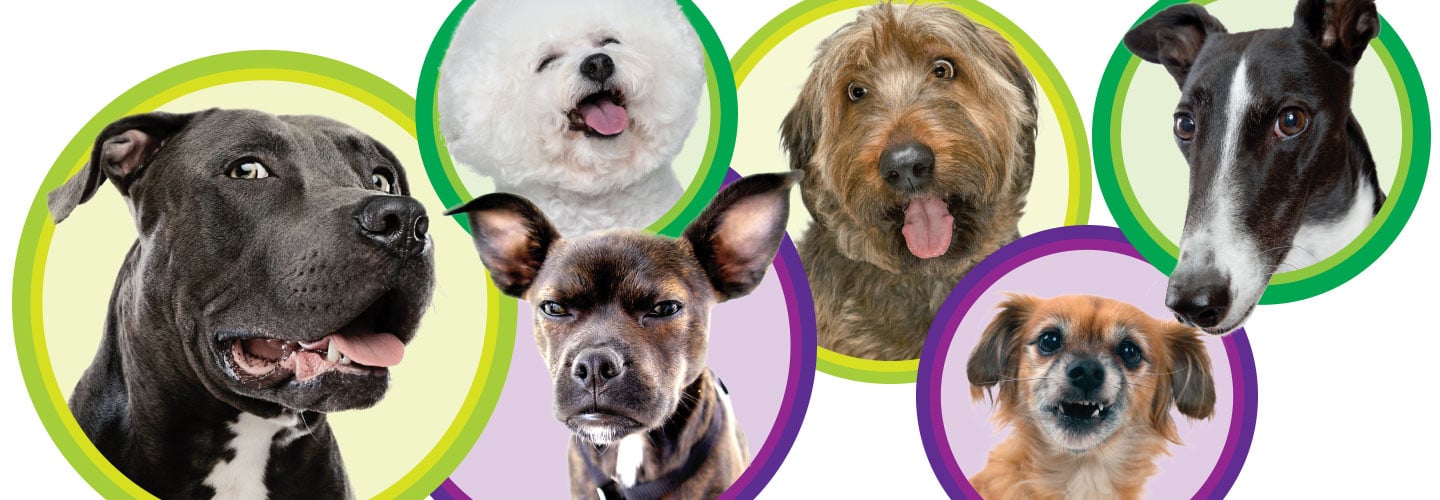You wave a treat in front of your pooch and ask: “Who’s a good boy?” Your dog wags his tail. He opens his mouth, like a smile. “I am a good boy,” he seems to reply. “Gimme that treat!”
Dogs pay close attention to people’s faces and the sound of their voices. So when a dog seems to grin or furrow its brow, it’s easy to think its trying to talk back, says Juliane Kaminski. She’s a psychologist at the University of Portsmouth in England who studies how animals think.

